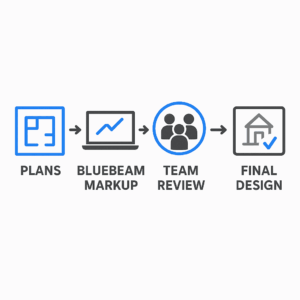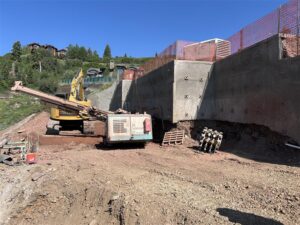Earlier this year, the U.S. Green Building Council (USGBC) introduced a new dimension to their Leadership in Energy and Environmental Design (LEED) Rating Systems for green building certifications known as the Pilot Credit Library (PCL). The PCL currently includes 41 Pilot Credits which can be pursued as Innovation in Design (ID) or Innovation in Operations (IO) credits under any of the LEED 2009 Rating Systems. Up to 5 Innovation Credits may be earned. The Pilot Credits include Alternative Compliance Paths (ACP) to existing credits, ideas for new credits as well as newly proposed prerequisites that may eventually be implemented in future iterations of the Rating Systems.
The goal of piloting credits in this way is to allow the USGBC to gain feedback, test and refine the potential additions to the Rating Systems through real-time projects and stakeholder participation prior their official incorporation into the LEED Rating Systems. In another new development the USGBC has formed a partnership with the independent LEEDUser website to publish the official language of the Pilot Credits and facilitate a forum for discussion of the credits and their associated criteria. Project Administrators must register the project with the Pilot Credit Library, at no additional cost, in addition to their project registration under the appropriate LEED Rating System and must agree to participate with a survey as a part of the process. Projects may select up to 5 credits to pursue from the following list of Pilot Credits:
- Pilot Credit 1: Life Cycle Assessment of Building Assemblies and Materials
- Pilot Credit 2: PBT Source Reduction: Dioxins and Halogenated Organic Compounds
- Pilot Credit 3: Medical and Process Equipment Efficiency
- Pilot Credit 4: Innovative Ventilation
- Pilot Credit 5 & 6: Preliminary Integrative Project Planning & Design – closes 1/11/2011
- Pilot Credit 7: Light Pollution Reduction
- Pilot Credit 8: Demand Response
- Pilot Credit 9: Open & Connected Community
- Pilot Credit 10: Sustainable Wastewater Management
- Pilot Credit 11: Chemical Avoidance in Building Materials
- Pilot Credit 12: LT – Reduced Automobile Dependence
- Pilot Credit 13: LT – Bicycle Network, Storage and Changing Rooms
- Pilot Credit 14: LT – Walkable Streets
- Pilot Credit 15: LT – Parking Reduction
- Pilot Credit 16: SS Rainwater Management
- Pilot Credit 17: WE – Cooling Tower Makeup Water
- Pilot Credit 18: WE – Appliance and Process Water Use Reduction
- Pilot Credit 19: MR – Whole Building Reuse
- Pilot Credit 20: MR – Recycled Content
- Pilot Credit 21: EQ – Low Emitting Interiors
- Pilot Credit 22: EQ – Quality Interior Lighting – Lighting Quality Only
- Pilot Credit 23: EQ – Quality Views
- Pilot Credit 24: EQ – Acoustics
- Pilot Credit 25: PF – Water Metering and Reporting
- Pilot Credit 26: PF – Advanced Energy Metering
- Pilot Credit 27: PF – Reconcile Designed and Actual Energy Performance
- Pilot Credit 28: IP – Trades Training
- Pilot Credit 29: LT – Housing and Jobs Proximity
- Pilot Credit 30: LT – Alternative Transportation
- Pilot Credit 31: SS – Heat Island Reduction
- Pilot Credit 32: WE – WaterSense for New Homes
- Pilot Credit 33: EA – Performance of ENERGY STAR for Homes
- Pilot Credit 34: MR – Design for Adaptability
- Pilot Credit 35: EQ – Environmental Tobacco Smoke
- Pilot Credit 36: EQ – Compartmentalization
- Pilot Credit 37: EQ – Balancing of Heating & Cooling Distribution Systems
- Pilot Credit 38: PF – Advanced Utility Tracking
- Pilot Credit 39: NPD: Mixed-use Neighborhood Centers
- Pilot Credit 40: GIB: Light Pollution Reduction
- Pilot Credit 41: GIB: Wastewater Management










